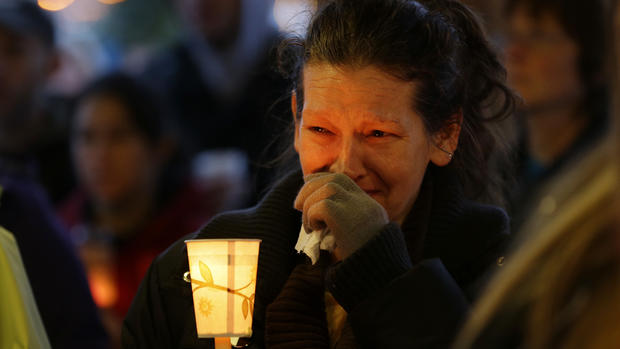Disaster prevention: Can experts predict when mudslides will occur?
In Oso, Wash., rescue dogs are leading searchers to more victims of a deadly mudslide. The confirmed death toll is now 16, but that number will rise. Eight other bodies have been located, but not recovered.
Yet, while the United States Geological Survey reports landslides happen in all 50 states, some regions can be more prone to disasters like the one in Washington.
CBS News contributor Dr. Michio Kaku, a physics professor at the City University of New York, joined the "CBS This Morning" co-hosts to discuss if mudslides, like the one in Washington, could be prevented.
He said mudslides are more likely to occur in the Pacific West Coast, Washington State, Oregon California, the Appalachians, the Rocky Mountains and the Colorado Plateau.
"These tend to concentrate in areas where you have three characteristics; a steep slope, loose soil and also heavy rainfall and heavy snowfall like we had there outside of Seattle. It was a catastrophe waiting to happen," he said.
Kaku said that 1999 engineers flagged the problem in Washington, but it was ignored.
"They used that word (catastrophe). And then in 2006, there was a smaller mud slide right there and again it was ignored," he said.
"Cracks in the foundation. Also, doors that don't close. Windows that don't close properly. Fences and telephone poles that begin to sway," he said. "Also, if you have clear runoff rainwater on your property and it all of a sudden turns muddy, at that point run for your life."
He said the best thing to do if you do get caught up in this sort of liquid is not to struggle.
"The tipping point is when you have 30 percent of soil turning into water because of the rainfall and at that point you can float a bit. If you're the rescue crew and you're encountering this quick sand - then the backstroke. The backstroke is really the way to come out of it because you're actually floating on water at the point," he said. "But, if you hit that tipping point, remember within seconds, within seconds the cliff can go away, the ground underneath you can literally turn into mush."
To see the full interview with Dr. Michio Kaku, watch the video in the player above
